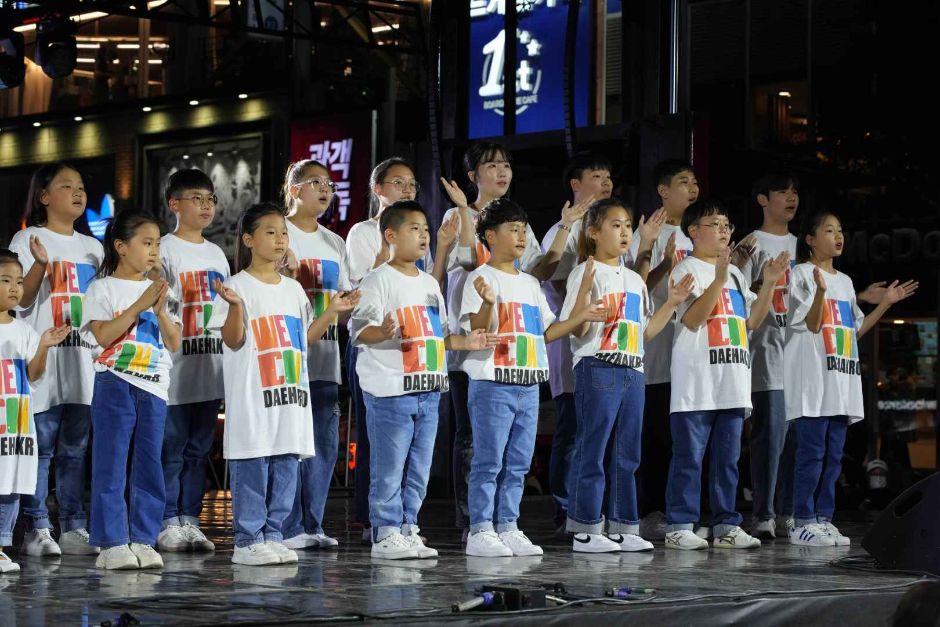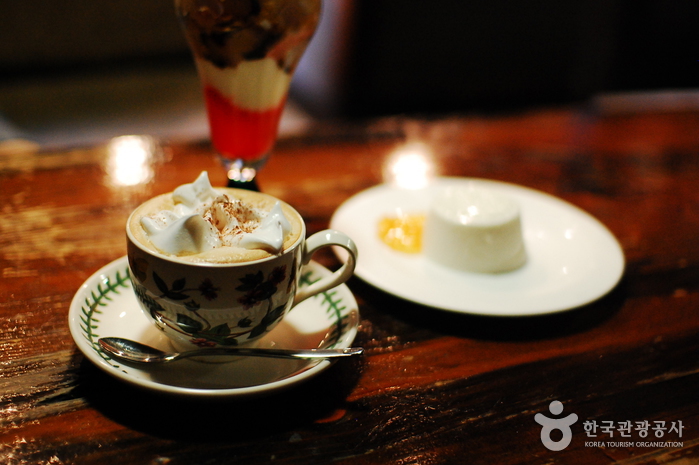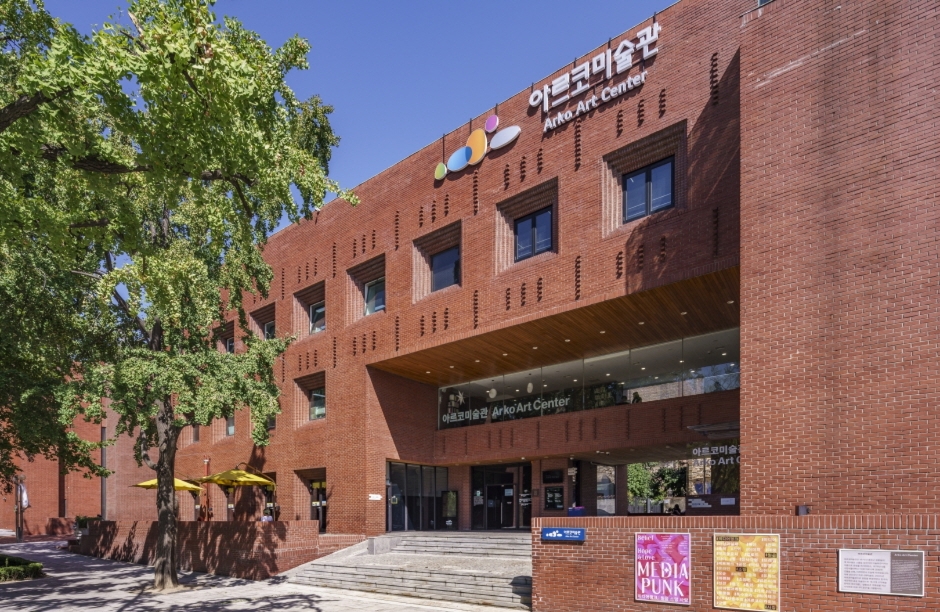New Balance - Daehangno Branch [Tax Refund Shop] (뉴발란스 대학로점)
4.7Km 2024-04-16
133-2, Daehak-ro, Jongno-gu, Seoul
-
Welcome Daehakro (웰컴대학로)
4.7Km 2024-10-08
104 Daehak-ro, Jongno-gu, Seoul
+82-2-743-5220
Welcome Daehakro is a festival devoted to celebrating various types of performances including non-verbal, traditional, musical, plays, and more. Started in 2017, the festival attracts visitors from around the world every fall.
Saera - Daehangno Branch [Tax Refund Shop] (세라제화 대학로)
4.7Km 2024-04-19
123-1, Daehak-ro, Jongno-gu, Seoul
-
Hakrim (학림)
4.7Km 2023-12-22
119, Daehak-ro, Jongno-gu, Seoul
+82-2-742-2877
Hakrim has been in business since its first opening in 1956. It is a special place that has shared its history with the people involved in arts such as theater and dance and intellectuals from nearby universities who flocked to the café after liberation and the Korean War. There is a sign saying “Seoul Future Heritage” hanging at the entrance that demonstrates its historical value. Visitors can observe traces of the past from mementos of people who stopped by, including graffiti on the wall and photos of prominent writers of the time. The café became even more famous as it was used as a filming location for several dramas, including “My Love from the Star (2013)” and “Reply 1988 (2015).” The signature menu here is Vienna coffee and cream cheesecake, which is topped with cute illustrations.
CAFÉ L.vin (카페엘빈)
4.7Km 2021-03-30
271-1, Changgyeonggung-ro, Jongno-gu, Seoul
+82-2-763-7564
This is a place with terrace seats. This cafe is located in Jongno-gu, Seoul. The most famous menu is americano.
ARKO Art Center (아르코미술관)
4.7Km 2025-06-05
3, Dongsung-gil, Jongno-gu, Seoul
+82-2-760-4850
ARKO Art Center was founded in 1974 as Misulhoegwan in a building of former Deoksu Hospital in Gwanhun-dong, Jongno-gu to offer much-needed exhibition space for artists and arts groups. In 1979, Misulhoegwan moved to its present building, designed by preeminent Korean architect Kim Swoo-geun (1931-1986) and located in Marronnier Park, the former site of Seoul National University. The two neighboring brick buildings accommodating ARKO Art Center and ARKO Arts Theater are the major landmarks of the district of Daehakro.
As more public and private museums and commercial galleries came into the art scene in the 1990s, Misulhoegwan shifted to curating and presenting its own exhibitions. Renamed as Marronnier Art Center in 2002, ARKO Art Center assumed a full-fledged art museum system and played an increasingly prominent role as a public arts organization leading the contemporary art paradigm. When The Korea Culture and Arts Foundation was reborn as Arts Council Korea, Marronnier Art Center became ARKO Art Center named after the abbreviation for Arts Council Korea in 2005.
ARKO Art Center is committed to working as a platform where research, production, exhibitions and the exchange of creative activities grow and develop in connection with one another in addition to having a diversity of programs including thematic exhibitions addressing social agenda and public programs widely promoting various discourses in art.
![New Balance - Daehangno Branch [Tax Refund Shop] (뉴발란스 대학로점)](http://tong.visitkorea.or.kr/cms/resource/82/2878182_image2_1.jpg)

![Saera - Daehangno Branch [Tax Refund Shop] (세라제화 대학로)](http://tong.visitkorea.or.kr/cms/resource/85/2878185_image2_1.jpg)




 English
English
 한국어
한국어 日本語
日本語 中文(简体)
中文(简体) Deutsch
Deutsch Français
Français Español
Español Русский
Русский